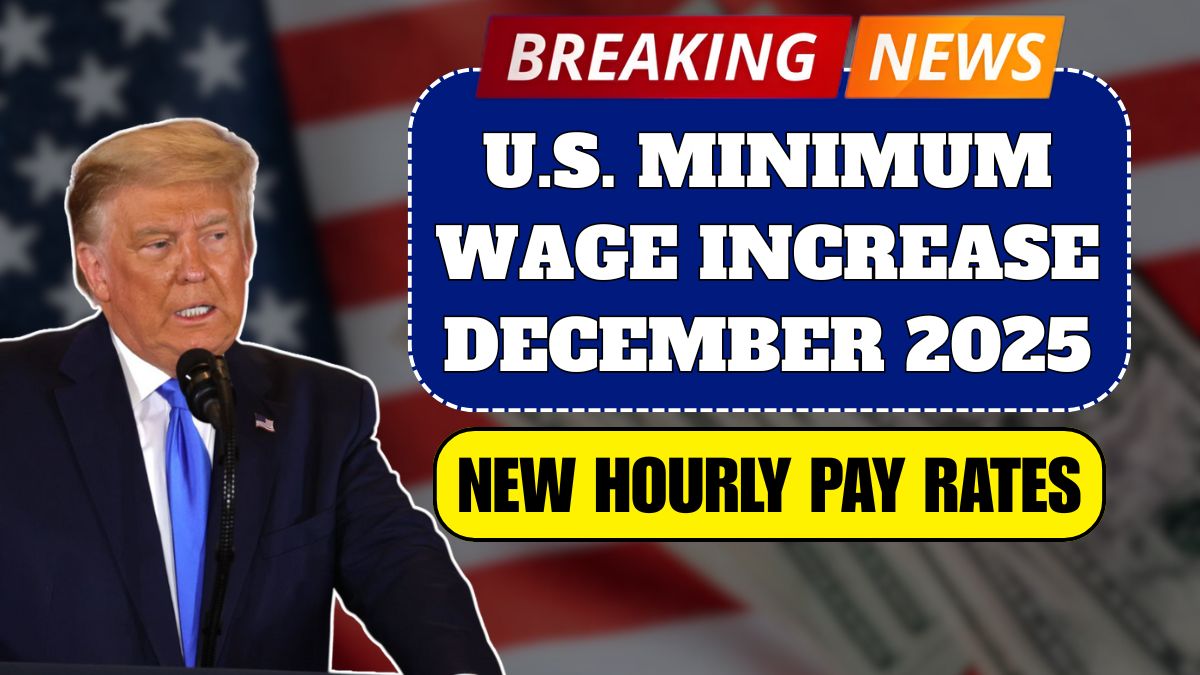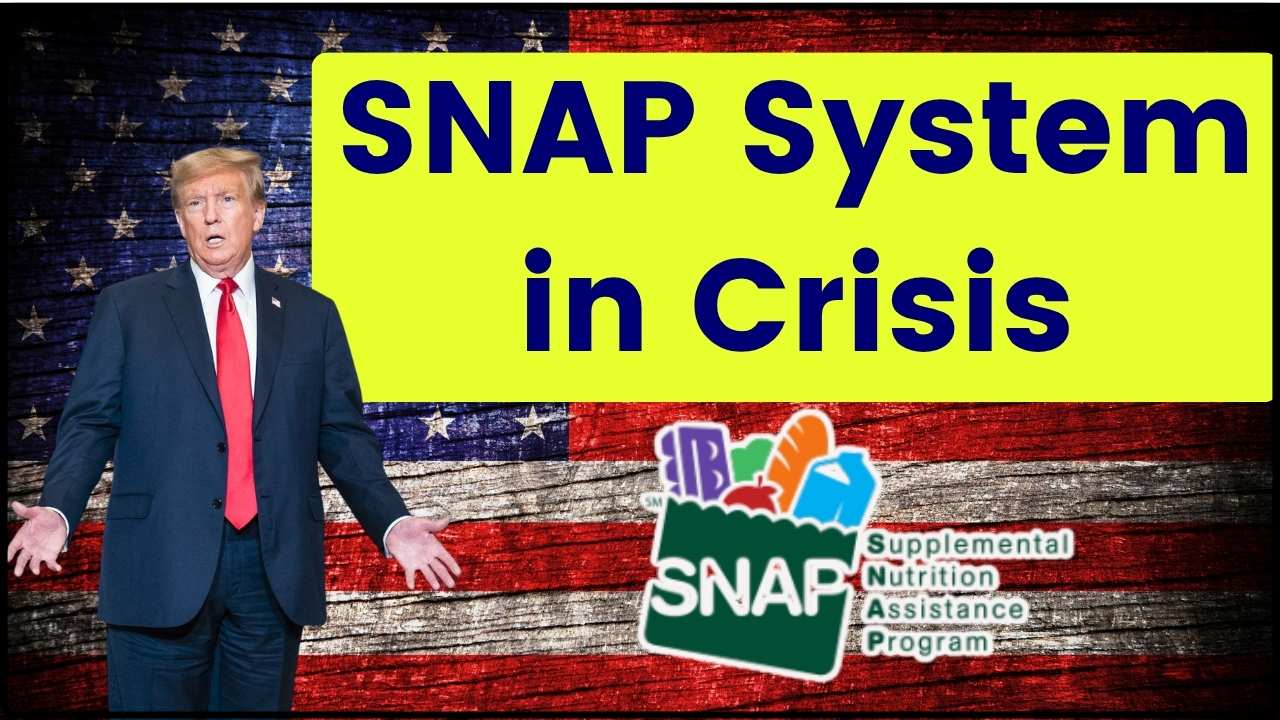As the clock ticked down to the end of 2025, inflation began to show up as a major obstruction for the households in the US. Living expenses skyrocketed so high that nearly everybody’s monetary plan was almost torn apart with the 4% increase in rent, food, transportation, and even leisure activities. But still, in such hard times, the thought of a new $2000 Direct Deposit is increasingly being talked about through social media and news outlets as a solution to the financial woes of the people similar to the stimulus grants during the pandemic.
Nevertheless, the key point is that this plan is still just a proposal and not a law until November 21, 2025. On the one hand, the IRS sure is setting everything up on its end, but the final go-ahead is still with the legislatures. If you are looking for answers to questions like “2025 $2000 direct deposit eligibility” or “IRS November 2025 payment update,” then this article is written for you in very simple and understandable language.
What does this proposed $2000 amount mean?
Consider it as a straightforward, tax-free $2000 that the government will be putting straight into your bank account. No borrowing involved, no trouble—just a measure to support families who suffer most from the list of primary goods whose prices are increasing. The purpose is to enable the households very comfortably to cover their basic needs like electricity, heating, water, rent, food, fuel or healthcare.
This help will be determined by your 2024 tax return—which implies that if you are already a taxpayer, there is no need to file a separate application. It resembles the payments that were given out during the pandemic but is meant for low- and middle-income Americans only as a relief from inflation.
A few key points:
- If the legislation passes, the payments will be automatic.
- It won’t affect your Social Security, VA, or SSI benefits.
- The amount will gradually decrease for higher-income earners.
- According to estimates, approximately 70% of American families could receive full or partial benefits.
However, before you celebrate, keep in mind: this plan is still just a proposal and its fate depends on a congressional vote.
Who is eligible?—A simple breakdown of the full and partial $2,000 amount
This payment aims to provide relief to those whose incomes are most affected by rising inflationary pressures. Therefore, the eligibility rules are straightforward and based on the following:
Basic Requirements
- Filed a return for tax year 2024
- Valid SSN** (ITIN will also be accepted in some cases)
- U.S. citizen, green card holder, or eligible resident
- Income below the AGI threshold (AGI) level
Those receiving Social Security, SSI, SSDI, or VA benefits will also generally be eligible—provided their income meets the threshold criteria.
[also_read id=”2753″]
Full and partial amounts based on income
| Tax filing type | AGI (Full $2,000) | Partial payment | Highlights |
|---|---|---|---|
| Single (No Kids) | Less than $75,000 | $75,001 – $99,000 | Individual taxpayers—easy eligibility |
| Married Filing Jointly | Less than $150,000 | $150,001 – $198,000 | Double the income limit for couples |
| Head of Household | Less than $112,500 | $112,501 – $136,500 | Single parent filers |
AGI is a simplified version of your total income—the amount left after subtracting certain deductions, found on line 11 of your Form 1040.
AGI and SSN: Explained in Simple Terms
AGI (Adjusted Gross Income)
This is your total income minus deductions like student loan interest, donations, or retirement savings. You can view your income transcript for free on the IRS website.
SSN (Social Security Number)
A 9-digit number that is mandatory for most taxpayers. Payments like stimulus checks are based on this.
When could I get this $2,000?—Possible November 2025 payment timeline
If Congress approves the plan, the IRS is preparing to send payments in three phases. The goal is to get the money to as many families as possible before the holidays.
Possible Payment Schedule (Estimated):
| Phase | Who will receive | Possible dates | Payment method |
|---|---|---|---|
| Phase 1 | Those whose bank details are already with the IRS | November 10–15, 2025 | Direct Deposit |
| Phase 2 | Those who recently updated their information | November 18–25, 2025 | Direct Deposit |
| Phase 3 | Those whose bank status is pending | Last November – Mid-December 2025 | Paper check or debit card |
The IRS estimates that 90% of people can receive their funds by November 25—if their records are accurate.
IRS Preparation: What to do to avoid delays in payments?
You don’t need to apply—the IRS will process your filed information.The IRS will automatically make a decision based on your tax return. But a few simple steps can make your payment process faster and more secure:
1. File your 2024 tax return on time.
Filing is essential even if you have low income.
2. Update your bank information in your IRS account.
Direct deposit is the best option for faster payments.
3. Keep your address, ID, and phone number correct.
Respond to any mail notices promptly.
4. Are you a non-filer?
The IRS may issue a simple form—you can fill it out and qualify for the benefits.
5. Didn’t receive a payment?
You can claim the Recovery Rebate Credit on your 2025 taxes. This method was also in use during the pandemic.
Myth vs. Fact—Viral Myths and Truths About $2,000
| Myth | Truth | Why It’s Important |
|---|---|---|
| Everyone has received $2,000 | Just a proposal now—approval pending | Prevents misunderstandings |
| Must complete an online form | Payments are automatic if eligible | Prevents scams |
| SSI/VA benefits will be reduced | No impact on benefits | Full relief continues |
| High-income earners will also receive the full amount | Amounts above the income threshold are reduced or zero | Relief is targeted |
| IRS calls/texts | IRS never calls/texts | Protection against fraud |
If you receive this amount, how should you use it wisely?
This amount is meant to provide relief, so it’s wiser to use it for the most essential expenses:
- Average monthly rent
- Groceries
- Electricity/gas/internet bills
- Children’s needs
- Medical expenses
- Or a small portion of your debt payment
This is temporary assistance, so it’s best to use it based on your financial goals.
[also_read id=”2777″]
Conclusion: Be hopeful, but prepare first
America might have get considerable help from just this direct deposit proposal of $2,000 mounted in times of inflation that is punished all the time. The income limit to receive the total amount is simple to grasp—AGI under $75,000 for single persons and the disbursements are likely to be between November 10 and 25. But remember, this is still a proposal and not a law yet. Hence, the best course of action is to keep your IRS information updated and file your 2024 taxes punctually.
Your preparedness will be an advantage irrespective of the outcome of this plan.
FAQs
Q1. Is the $2000 direct deposit approved yet?
No, it is still a proposal and not officially approved by Congress.
Q2. Who will qualify for the full $2000?
People with 2024 AGI under $75,000 (single), $150,000 (married filing jointly), or $112,500 (head of household).
Q3. Do I need to apply for the payment?
No, if approved, the IRS will send it automatically based on your 2024 tax return.
Q4. Will this payment affect Social Security, SSI, or VA benefits?
No, it will not reduce or interfere with any of those benefits.
Q5. When could the payment arrive?
If passed, most direct deposits are expected between November 10–25, 2025.








